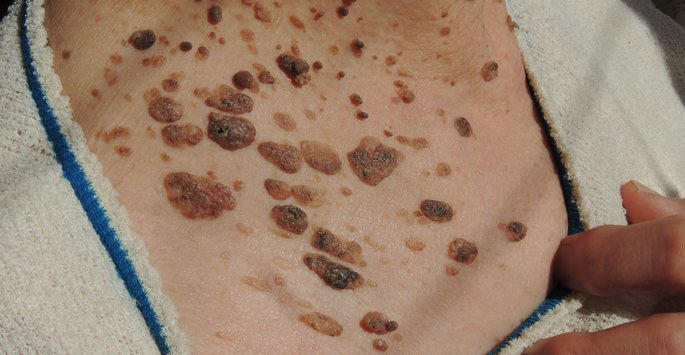Skin Cancer Detection Orange CA
Skin Cancer Detection And Treatment
Skin Cancer Detection Orange CA is not only a scarier version of ordinary skin cancer, but it is a serious problem that often require an intervention by the doctor. Skin cancer detection and treatment have now become a part of everyday life for people all around the world.

Skin cancer is also more difficult to detect as it is less noticeable than most skin diseases. However, early detection and diagnosis of this disease can make all the difference in your skin care. The earlier you catch it, the better your chances of total cure. New cases of skin cancer outnumber the total number of skin cancers diagnosed each year worldwide. Most skin cancers are caused by the ultraviolet radiation from the sun.
Melanoma is the most serious form of skin cancer and is caused by malignant melanoma virus (MPV) that has been found in nearly half of all cases. Basal cell cancer and squamous cell cancer are the most frequent forms of non-melanoma skin cancer found nowadays. Although you need not go for regular checkups with a dermatologist, you should be vigilant enough to keep yourself informed about any changes in the appearance of your skin.
This way you will know immediately if something is wrong. Regular skin cancer detection does not need to be expensive or painful. You can get a glimpse of what is wrong if you follow these tips. These simple, yet effective methods are highly recommended by dermatologists: o Look for changes in color and texture of moles. Some moles may simply look different from the surrounding skin. It may be an expansion or a modification of a mole that already exists.
If you find any kind of irregularity or change in shape or size of a mole, it needs to be checked by a dermatologist. Early detection helps to prevent any skin cancer development. A thorough skin cancer inspection will help you identify and treat any malignant melanoma that has started to grow. o If you find new moles after taking a self-examination, you should immediately contact a dermatologist. Wait at least one week before scheduling your next appointment. It is better to be seen by a dermatologist at an early stage of the disease.
This is very important during skin cancer detection as some moles may be just patches or dark spots. These small patches could be the beginning of a bigger problem or even cancer. o When you have done self-examination and found some small or big skin lesions, you should immediately report them to your doctor. You should describe the location of the lesion, size and shape. Keep in mind that melanomas are not similar in appearance with other types of skin lesions. There is also no guarantee that these marks are the actual presence of melanoma.
There are other reasons why the skin cancers can appear irregularly. The sooner you detect skin cancer detection, the higher the chances of your cancer being treated. This is because early diagnosis and treatment for this kind of disease improve the chances of a successful treatment. During the early stages of the disease, the doctor can easily remove the skin cancer without doing too much damage to the skin. However, it is not the same in the later stages of the disease when the melanoma has grown in size and spread. Your doctor needs to do extensive investigation to determine if the growth is malignant.
In conclusion, if you observe new moles on your skin, you should immediately contact a dermatologist. During the early stages of skin cancer, you can safely wait at home and continue observing the mole. If the mole grows and changes color, you need to go to a dermatologist immediately. However, you should not stop observation of the mole because it may turn out to be benign. You need to continue monitoring the mole to make sure that it does not grow any larger.

